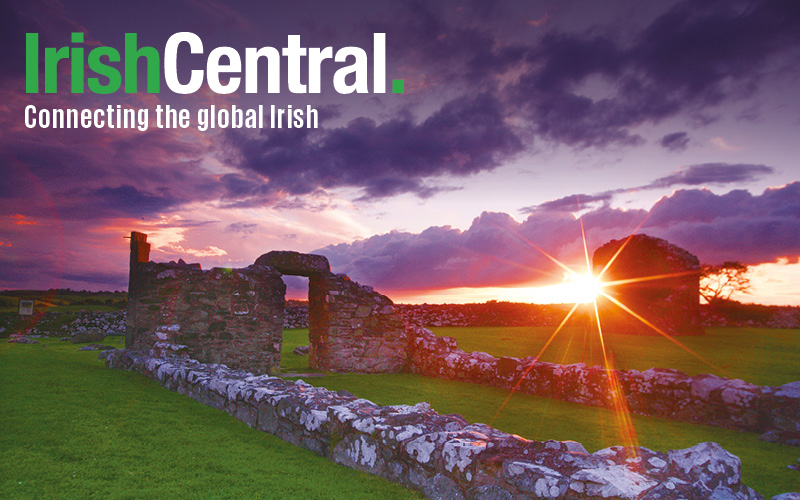Our second week in the west Connemara Gaeltacht of An Cheathrú Rua (Carraroe) has been a busy one, punctuated with two turas (field trips) and lots-o-vocabulary as Gaeilge.
The highlight of the week was a field trip to the Aran Islands off the coast of Co. Galway, which gained popularity after Robert J. Flaherty’s 1935 documentary “Man of Aran,” which depicted the traditional ways of life on the islands. I was fortunate enough to be placed in the group that traveled to Inis Meáin, the smallest and least visited of the three islands.
To step foot on Inis Meáin is to step back about 100 years in time. W.B. Yeats once advised John Millington Synge, “Go to the Aran Islands and find a life that has never been expressed in literature.” These words are still true in 2008, as Inis Meáin is one of the most beautiful places I have ever seen, but had never heard about until my ferry arrived there. The first thing you’ll notice when you step off the ferry is the endless backdrop of winding limestone walls and scattered cottages from coast to coast. The second thing you’ll notice is that everyone around you is speaking as Gaeilge.
The level of cultural preservation on Inis Meáin unbelieavable: the Irish language is far more than just a gimmick for tourists, here it is the everyday language of communication and commerce; the land is refreshingly underdeveloped with only about 50 houses on the island and a narrow winding road that is used for cars, biking, walking, and the moving of the cattle. Yes, the moving of the cattle. This was one of those ‘culture shock’ moments they warned us about…
On our way to the Inis Meáin Knitting factory, a tractor pulled up behind us with a dog barking and running in front of us-a seemingly quaint countryside scenario. However, as the tractor trudged alongside of us the driver, toothless and clad in a scally cap, screamed something to us as Gaeilge and brandished what I could only imagine was a shilelagh. Before I could politely scream “Tá brónom, Ní thuigim”[ I’m sorry, I don’t understand] above the noise of the tractor, six full grown (and stressed out) cows charged down the road. We took refuge on one of the stone walls, as our tour guide stayed on the road unfazed and laughing. This near death experience occurred twice throughout the day.
After the stampede, we were brought to the Inis Meáin Knitting factory to sample one of the Aran Islands most notable contributions to society: The Aran sweater. The craftsmanship that goes into an Aran sweater, scarf, or hat, makes each hand-sewn piece a true work of art and well worth the substantial price tag. I treated myself to a little bronntanas [present] and then headed out to see the proof that J.M. Synge had taken Yeats up on his word.
“Teach Synge” [Synge’s Cottage] is the house where Synge stayed every summer from 1898 until 1902. It is said that he was inspired to write “The Playboy of the Western World” and “Riders to the Sea” while on Inis Meáin.
Our final stop of the day was a visit to Dún Chonchuir [Connor’s Fort], which is one of those remarkably ancient sites where the entire explanation of it includes “We think……” “We think it’s a temple, or a fort, or a house. We think it was built by…, well we don’t know who it was built by…..but it’s pre-Celtic.” Regardless of lack of information about it, Dún Chonchuir is astonishing in the same way Stonehenge is: the sheer thought of people creating something so big, with such heavy stones thousands of years before the introduction of cranes is mind boggling. Unlike Stonehenge, however, Dún Chonchuir is not guarded by wires and CCTV cameras. It is wide open to whoever wishes to walk around the stone enclosure or climb to the top of it and witness the best view on the island.
In closing, I must reiterate the advice of Yeats, and highly recommend that everyone should make a visit to Inis Meáin, and see a life that has never been expressed in literature. (Well, not recently.)
Slán go foill! [Goodbye for now!]
Is mise,
JoAnna




Comments